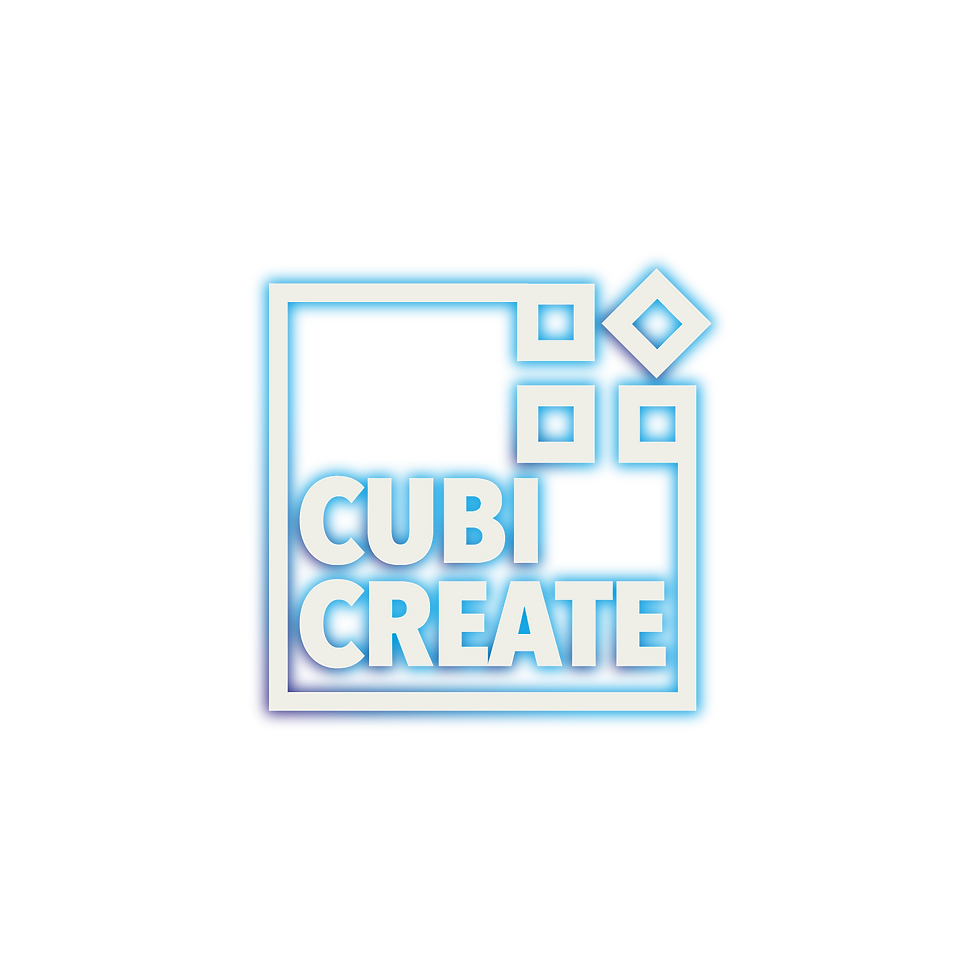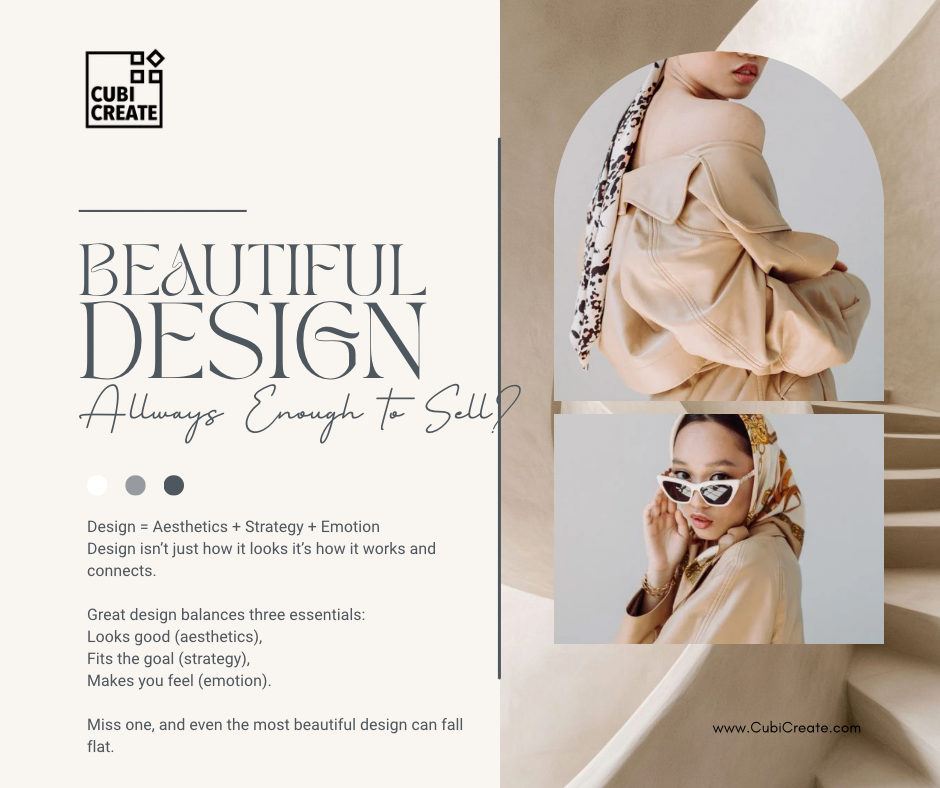What Is Design Thinking?
- Duygu Küçer

- 17 Eyl
- 3 dakikada okunur

And Why It Will Shape the Future of Every Brand That Aims to Matter
“Design is thinking made visual.” Saul Bass
In an era where attention is currency, Design Thinking is the currency of value.
Introduction: Why Design Thinking Is More Than a Buzzword
Design Thinking is not a trend. It’s a revolution in mindset a shift from linear business thinking to empathetic, human-centered problem solving.
In a world saturated with products and services, the question is no longer just “What are you selling?” but “How does it make people feel, respond, remember, and come back?”
What Exactly Is Design Thinking?
At its core, Design Thinking is a human-centered, iterative approach to solving complex problems. It’s a methodology that merges:
The needs of people
The possibilities of technology
The requirements of business success
But more than a method, it’s a way of seeing the world. Of noticing not just what’s broken but what could be better, more delightful, more human.
A Method Informed by Masters
Let’s revisit the greats for a moment:
David Ogilvy, the father of advertising, knew that true marketing starts by understanding people. “The consumer isn’t a moron. She’s your wife.”
Alan Fletcher believed design was not decoration it was intelligent problem-solving. “Design is not a thing you do. It’s a way of life.”
Cipe Pineles, the first female art director in American magazines, believed in elevating design to reflect emotion.
Bradbury Thompson fused typography, editorial thinking, and structure into seamless experiences the essence of what today we call “multisensory branding.”
Design Thinking is not separate from these philosophies. It is their evolution.
The 5 Core Stages of Design Thinking
Empathize: Understand your audience deeply. Feel what they feel.
Define: Pinpoint the core problem worth solving.
Ideate: Generate a range of creative solutions.
Prototype: Bring ideas to life rapidly.
Test: Learn by doing. Iterate again. And again.
At CubiCreate, this isn’t theory. It’s how we work.
Where Design Thinking Creates the Most Impact
Design Thinking is widely used in:
Packaging Design – To create more than protection. To make first impressions unforgettable.
Brand Identity Creation – To capture not just a logo, but a story, a voice, a soul.
Product Development – To design around user needs, not internal assumptions.
Marketing Strategy – To stop interrupting, and start resonating.
If your brand feels flat, it’s not your product. It’s your thinking framework.
Why It Works: The Neuroscience of Design Thinking
Research shows that people don’t make decisions logically they justify them logically after they’ve made them emotionally.
Design Thinking recognizes this.
It’s not just strategy. It’s psychology.
It’s not just design. It’s behavioral economics.
The brands we remember?
They’re the ones we feel.
Case in Point: Packaging That Tells a Story
Imagine two products on a shelf.
One has a standard label. The other sparks curiosity. It makes you smile. It feels like it was designed for you.
Which one do you pick?
At CubiCreate, we’ve helped dozens of brands shift from “seen” to “felt” through intuitive, innovative packaging rooted in Design Thinking.
Design Thinking Is Not Just for Designers
CEOs use it to drive innovation.
Marketers use it to craft emotional campaigns.
Educators use it to reimagine learning.
And your brand?
It can use Design Thinking to connect more deeply, differentiate more meaningfully, and grow more sustainably.
What You Gain When You Design With CubiCreate
Emotionally intelligent visuals
Conversion-optimized brand assets
Fast turnaround, with deep creative thinking
A long-term partner, not just a vendor
We don’t just create designs.
We create brand experiences people talk about.
Final Thoughts: Don’t Just Design. Think.
Design Thinking is not a skill.
It’s a superpower.
And in a world where sameness is a death sentence, that superpower is what will make your brand stand out not just on the shelf, but in memory.
You don’t need more noise.
You need meaning.
Let’s design that meaning together.



